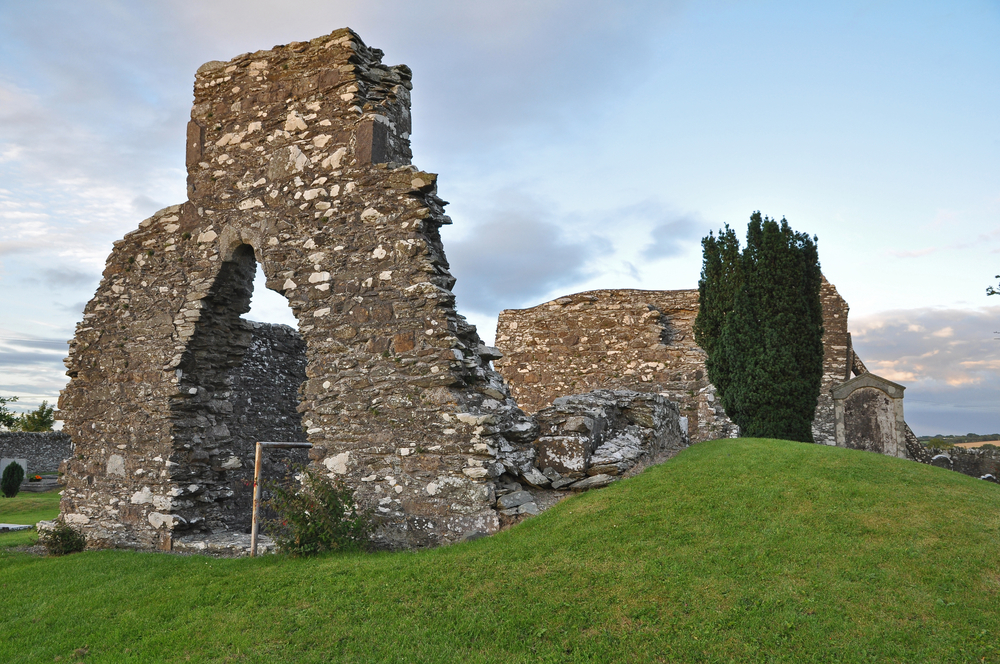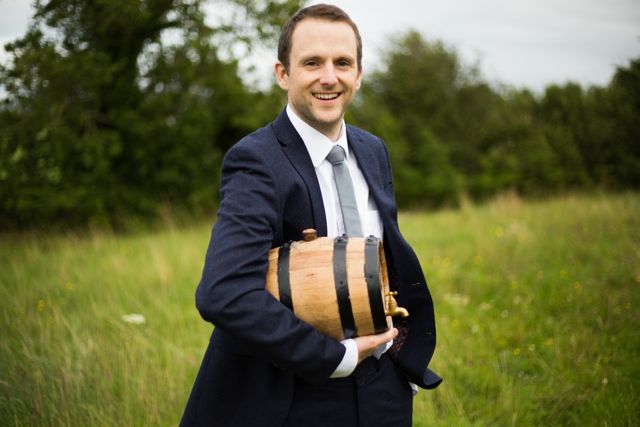St Mel’s Brewing Company, named after St. Patrick’s nephew, Mel, who helped spread knowledge and learning in Ireland, is located in Longford.
Before St Mel’s Brewing Company opened, the last beer brewer in Longford closed his doors sometime in the 1840s.
170 years later, two native Longford men, Liam Hanlon (above left) and Eoin Tynan (above right), decided that their home county would be a good place to make beer and set about building an original brewing environment.
“Liam had the vision for this place, he wanted to build his ideal brewery,” says Eoin Tynan. “The brewing system we developed is unique to our brewery, and that adds to the whole hand-crafted ethos we went for from the beginning.”
Tynan, who previously worked in the financial investments sector in Dublin, and Hanlon, who previously worked as a brewer with O’Hara’s, started talking about making craft beer in 2011. “We opened St Mel’s Brewing in 2014,” says Tynan.
Was there blood, sweat and tears involved in the process? Was it difficult to get funding?
“We got a grant from the Local Enterprise Office to build the brewery. Apart from a very detailed application process, I wouldn’t say there was too much blood and sweat spilt. It wasn’t difficult, but it wasn’t easy either. We knew what we were doing, especially Liam. He knew exactly what he wanted to build, so there was a lot of satisfaction in that.”
READ MORE: How to start a business from home.
An industry, not just a movement
For non-craft beer drinkers, craft beer brewing involves blending malt (the sweet stuff) with hops (the slightly bitter, more herbal part).
“Everyone thinks it’s all about the hops and the IPAs,” says Tynan. “However, you have to get your malt recipe right; this is the base for whatever you do with the hops. It’s a skill. It takes a time to get right. ”
Craft beer brewing in Ireland has been nothing short of a phenomenon. Since 2009, the industry has grown rapidly. There are at least 62 physical craft breweries in Ireland, according to the website Beoir.
Of these, 40 brew vegan/vegetarian-friendly beer. Craft beer is an industry now, not just a movement.
“Without the consumer interest in craft beer, we wouldn’t be here,” says Tynan.
And it’s not just the domestic market that is growing. “The export markets we want to develop are in Scandanavia, the UK, Italy and Eastern Europe.”
Help is at hand
Budget 2016 brought good news for Irish craft brewers. The excise relief for microbreweries will now be available upfront.
“It’s good for our cash flow,” says Tynan. “It’s good for the sector in general.”
As one of the fastest-growing parts of the Irish agriculture and food sector, micro brewing appears to be in robust shape, but it’s not without its challenges.
“At the end of the day, it’s all about the product. Good beers do well. For example, we recently got our hands on a wild hop strain from a Benedictine monk called Brother Barnabus. That batch of beer sold out in four days. People hear about the beer and word spreads quickly. There’s an awareness out there, but you won’t survive in this industry making poor beers.”
And what about Longford, is it a good place to do business? “There is a very active business community in the town and the county, we have a good chamber in the town. We know each other well and support each other when we can. It’s important that business owners meet and communicate, share war stories as such. Longford is a good place to do business, and we are very connected to the whole country, simply because we are located in the middle of it.”




